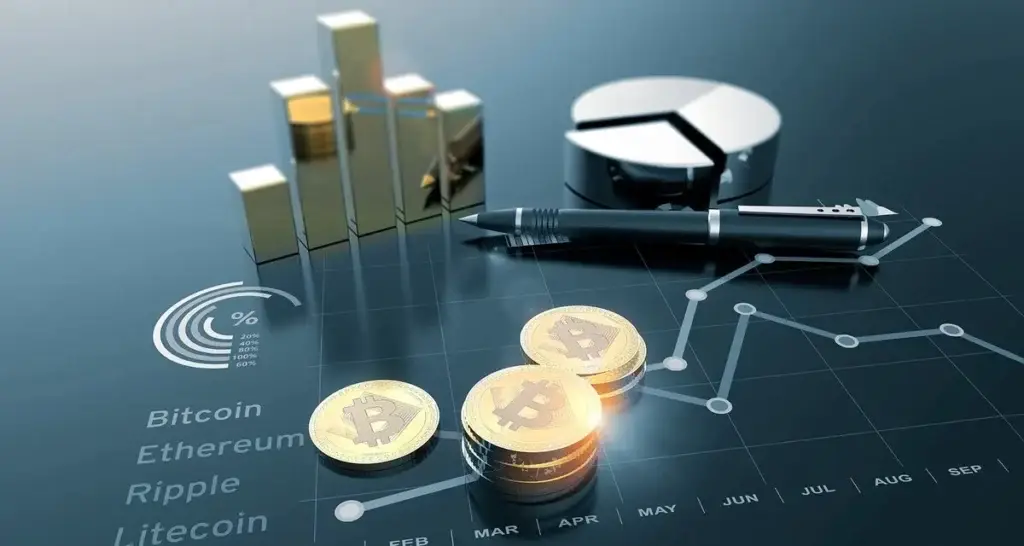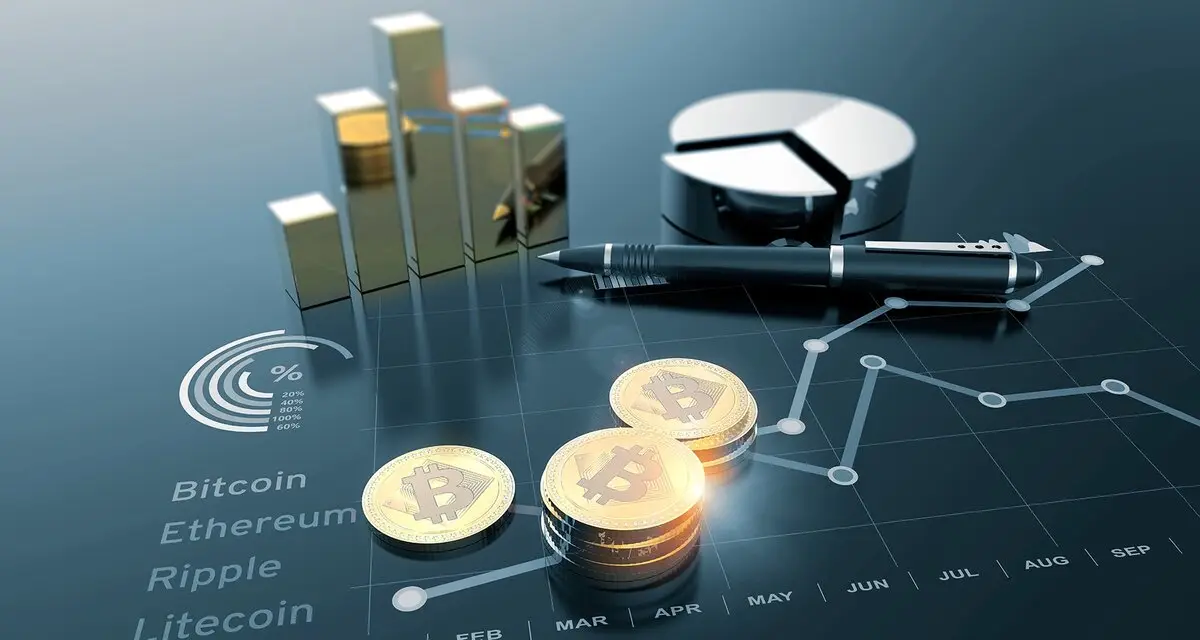In recent years, cryptocurrencies have become a phenomenon that has attracted the attention of investors around the world. They represent not only a technological innovation but also an opportunity for financial independence. But despite the promise of high returns from investing in cryptocurrencies, it remains a fairly risky instrument. The question of whether it is worth investing in remains open. This article will help you weigh up the pros and cons so that you can make an informed decision.
Choosing which cryptocurrency to invest in
Today, buying cryptocurrencies is an opportunity to join a community of investors who believe in the technology of the future. Bitcoin remains the most popular, but its price is quite high, so buying altcoins is an affordable option for many. Altcoins such as Efirium or Cardano promise high returns, but also carry significant risks due to market volatility and uncertainty. For many, this aspect makes cryptocurrencies an attractive investment, but an ambiguous asset.
What’s important to know before investing in cryptocurrencies
The history of cryptocurrencies is full of ups and downs, which adds adrenaline to the investment process. Bitcoin, for example, has grown by leaps and bounds in recent years, but has also shown everyone that it can crash. One of the main risk factors is the difficulty of predicting the exchange rate of cryptocurrencies. Unlike traditional assets, cryptocurrencies are not regulated by centralised institutions, so their behaviour is difficult to predict. Investors prepared to accept these risks can make significant profits, but must be aware that they can lose the money invested at any time.
Bitcoin: investors’ blood, or almost
 Bitcoin is often referred to as ‘digital gold’, and rightly so. It is not only the first crypto-currency, but also the asset that has yielded significant profits for those who managed to enter the market in time. However, volatility imposes certain obligations on investors. The capitalisation of bitcoin depends heavily on public opinion and external factors such as government bans or major purchases by private investors. Bitcoin can multiply its capital several times over, or reduce it to zero in a matter of days.
Bitcoin is often referred to as ‘digital gold’, and rightly so. It is not only the first crypto-currency, but also the asset that has yielded significant profits for those who managed to enter the market in time. However, volatility imposes certain obligations on investors. The capitalisation of bitcoin depends heavily on public opinion and external factors such as government bans or major purchases by private investors. Bitcoin can multiply its capital several times over, or reduce it to zero in a matter of days.
Risks of investing in cryptocurrencies
Volatility remains the biggest risk factor when investing in crypto-currencies. The crypto-currency market often experiences sudden price rises, which can be both a source of profits and a cause of significant losses. Investors should bear in mind that crypto-currencies do not yet have stable regulatory mechanisms, which makes their behaviour more unpredictable. However, good asset diversification and a cautious investment attitude can help to reduce risk and increase the chances of profit.
Crypto-currencies have not yet reached the level of confidence of traditional financial instruments (shares or bonds), but they are already attractive from an investment point of view. Young investors and technology-savvy users are particularly interested.
Categories of risk to be aware of before investing in cryptocurrencies
First of all, there is the regulatory risk. Currently, many countries are actively developing regulations for the crypto-currency market, which can have a significant impact on their value and liquidity.
The second factor is technological risk. If the exchange or wallet is attacked by a hacker, investors can lose all their assets. It is therefore important to store crypto-currencies in secure wallets and to choose carefully the exchanges on which to trade.
Another important aspect is the dependence of the price of crypto-currencies on market fluctuations. The price can only change in response to news, such as government statements.
This dependence on ‘noise’ makes crypto-currencies unstable from an investment point of view and exposes even experienced investors to unexpected losses. However, developing risk management strategies and clear planning can help minimise potential losses and increase the overall profitability of crypto-currency investments.
Tips for reducing risk:
- Asset diversification reduces risk and helps offset potential losses.
- By investing simultaneously in bitcoin and altcoins, you reduce your dependence on the fluctuations of a single asset.
- Crypto-currencies are suitable for those who are prepared to accept high volatility and consider long-term prospects.
- It’s important to set realistic goals and not count on immediate enrichment.
The best cryptocurrencies to invest in
The question of which are the best crypto-currencies to invest in concerns both novice and experienced investors. Bitcoin, as mentioned above, remains the safest asset in this sector, but there are other options.
Ethereum offers unique opportunities thanks to smart contracts, making it the second most popular asset. Altcoins such as Cardano, Polkadot or Solana are also worth considering because of their ecosystem prospects and potential growth.
It is important to bear in mind that each of these assets has strengths and weaknesses, and a competent investor will take these into account before investing. It is also worth considering promising projects such as Chainlink, which provides solutions for integrating real data into blockchain, or Uniswap, which is a popular decentralised exchange. These assets have growth potential thanks to their unique technology and solutions relevant to the blockchain ecosystem.
Investing in cryptocurrencies: conclusion
 Investing in crypto-currencies should be seen as a complement to an existing financial portfolio, not as its foundation. Only those who are prepared for volatility and able to learn will be able to make the most of this new asset class. To invest successfully, it is necessary to be aware of the choice of crypto-currencies, consider the risks and remember that diversification is the key to success in this dynamic world.
Investing in crypto-currencies should be seen as a complement to an existing financial portfolio, not as its foundation. Only those who are prepared for volatility and able to learn will be able to make the most of this new asset class. To invest successfully, it is necessary to be aware of the choice of crypto-currencies, consider the risks and remember that diversification is the key to success in this dynamic world.
 en
en  ru
ru  de
de  ar
ar  es
es  nl
nl  hi
hi  fr
fr  it
it  pt
pt  el
el 






